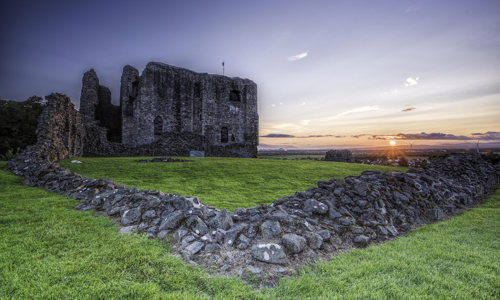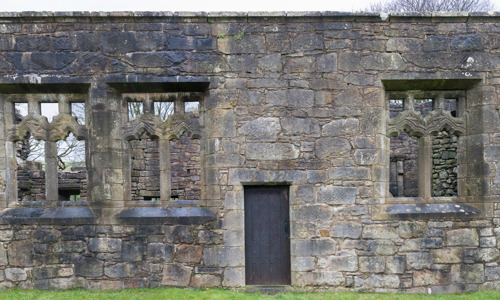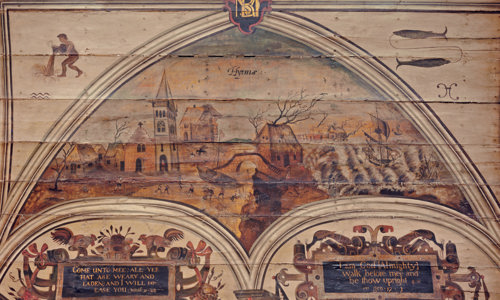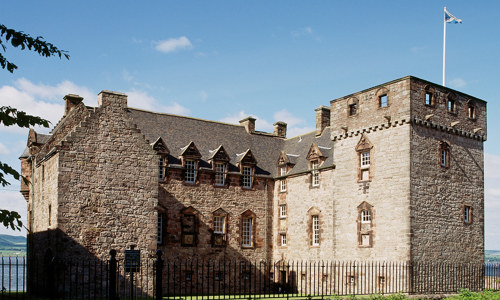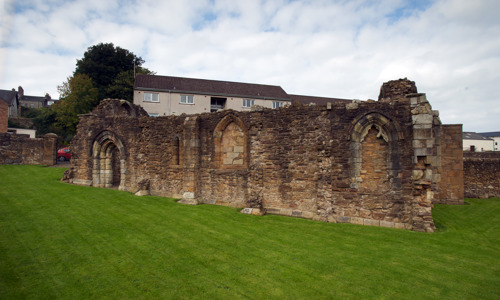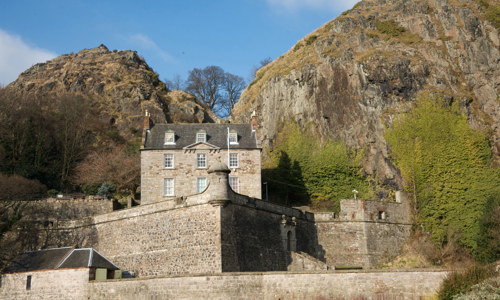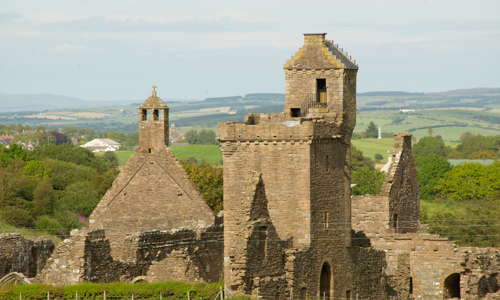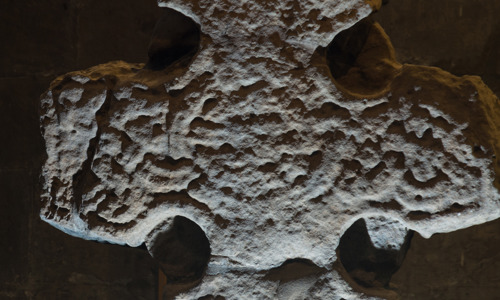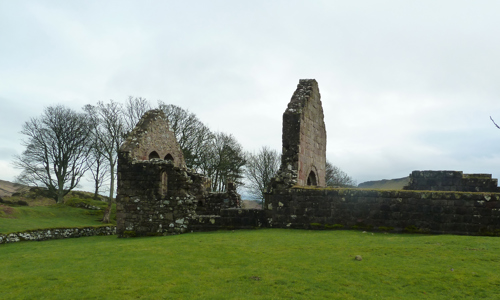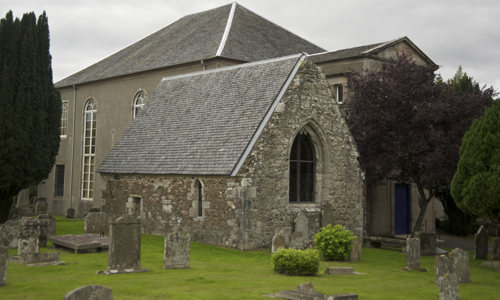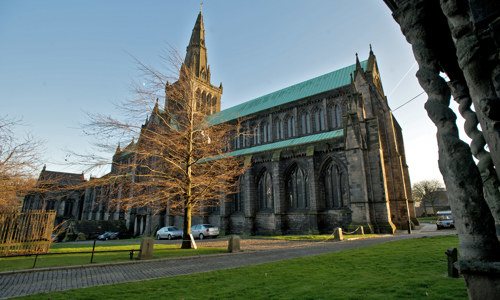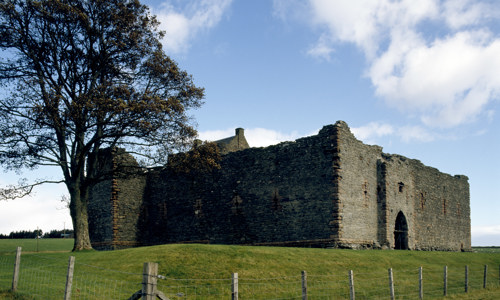History
The ruins we see at Kilwinning Abbey today date to the late 1100s. But this isn’t the first place of worship on this site.
Kilwinning means ‘the church of Winnin’. Tradition holds that St Winnin, a holy man of British or possibly Irish origin, first set up a church here about 400 years earlier, in the AD 700s. The only objects surviving from the early church are parts of a carved stone cross, dating to about AD 900. These can be seen in the North Ayrshire Heritage Centre in Saltcoats.
A peaceful existence
Kilwinning Abbey was probably founded by Sir Richard de Morville. Either he or his father Hugh also founded Dryburgh Abbey, one of Scotland’s great Borders abbeys. Kilwinning’s monks came from Kelso, another great abbey.
The abbey was never especially well-endowed, and when the de Morville estates passed to Roland of Galloway in 1196 there was probably a major loss of patronage. From the building’s scant remains and frequent changes in masonry types, we can see the abbey was the result of several building operations. The poor endowments of the abbey may have resulted in difficulties carrying out a large-scale extended build.
The best-preserved parts of the abbey today are:
- the south transept, dedicated to St Mary the Virgin
- the south nave wall, including the east processional doorway
- part of the west front
At the west front, a pair of towers flank the central entrance doorway. They’re reminiscent of those at the mother house, at Kelso, and the sister house of Arbroath Abbey in Angus. These towers would have been a dramatic grouping in their heyday.
The Reformation rolls in
The Protestant Reformation of 1560 did not spare Kilwinning Abbey. The Reformation’s architect John Knox wrote of the abbey being ‘cast down’ by a Protestant mob, goaded on by the earls of Argyll, Arran and Glencairn.
By 1592 it was in ruins, though the nave was repaired and used as a parish kirk until a new one was constructed in 1775. This church, built over the site of the old choir and presbytery, is still in use today. In 1814, the north-west bell tower collapsed. It was replaced by the present clock tower the following year.


